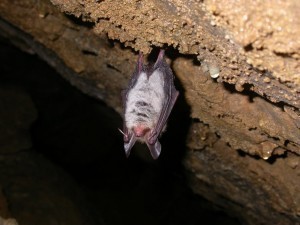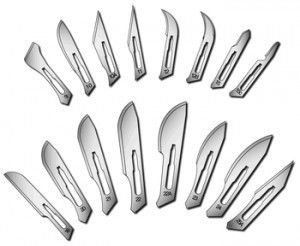Worlds Smallest Mammal
The world’s smallest mammal is Kitti's Hog-nosed bat. It is 30–40 mm (1.6 inches) long and weighs 1.5 to 2 g (0.07 ounce). It is also known as the bumblebee bat.
Classification
Its scientific name is Craseonycteris thonglongyai. It is the only surviving member of the Craseonycteridae family.
Size Comparisons
The bumblebee bat is the smallest bat species in the world. Its main competitor in size is the Etruscan shrew. It weighs less at 1.2 to 2.7 g (0.042 to 0.095 oz). However, the shrew is longer at 36 to 53 mm (1.4 to 2.1 in).
Physical Description
The world’s smallest mammal has a snout akin to that of a pig’s. It has small eyes surrounded by fur. Its ears are big relative to its body size. The jaws and teeth are similar to those of other bats. The Kitti's Hog-nosed Bat’s upper body is gray or brown. The large wings have a somewhat dark color. The wings have tips, allowing the creature to hover. It does not have a tail.
Between the hind legs is a web of skin. Its purpose is unknown, but it could be used for catching insects or flying. 
Habitat, Range and Distribution
The animal can be found in southeast Burma and western Thailand. It is found mainly along rivers and caves. Most of the time, the bat is seen in limestone caves by the riversides. Often they are found in deciduous forests or dry evergreen. In Thailand, the bumblebee bat is confined to the Khwae Noi River basin. The Sai Yok National Park also has a few of these bats.
The Kitti's Hog-nosed Bats in Burma and Thailand have many similarities. But their echolocation calls are not the same.
Behaviorof
The bat roosts at the caves’ entrances. Each cave usually has 10 to 15 individuals. However, some groups can have as many as a hundred. The maximum number of Hog-nosed Bats per groups is 500. Scientists have also observed that they perform seasonal migration in the caves.
These bats depart the roost for half an hour in the evening and again for 20 minutes at dawn. Examination of their remains show the animal feeds on spiders and small insects.
It isn’t clear how the world’s smallest mammal consumes its prey. The prevailing theory is they are caught when the bat is in flight. Breeding takes place during the dry season. A single offspring is usually produced.





